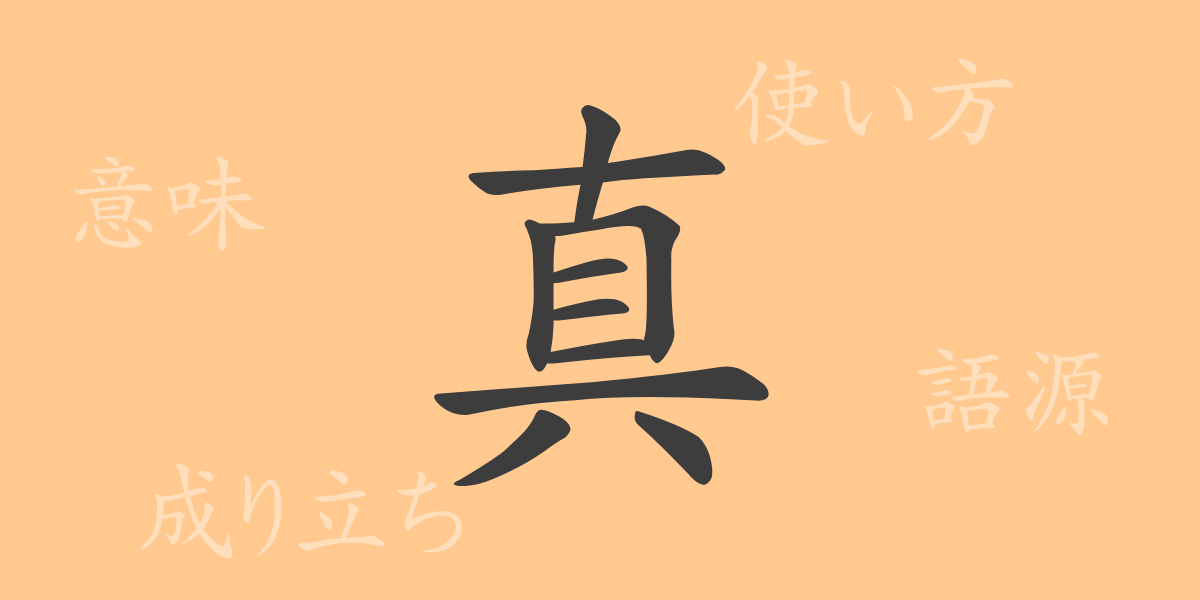The beauty of the Japanese language is manifest in its complex and rich character system. Each Kanji carries deep meanings and reflects Japanese culture and history. This article focuses on the commonly used Kanji ‘浸’ (しん), delving into its origins, meanings, applications, and related phrases and idioms, revealing the profound expressiveness it adds to the Japanese language.
Origins of 浸 (しん)
The Kanji ‘浸’ combines ‘氵’ (さんずい), related to water, on the left, and ‘侵’ on the right, which is formed from ‘寸’ (indicating the hand) and ‘辰’ (indicating time or direction). Originally, ‘侵’ conveys the notion of advancing or intruding, which aligns with ‘浸’ symbolizing the action of water gradually permeating or invading something. This confluence of elements illustrates the gradual infiltration or soaking by water.
Meaning and Usage of 浸
‘浸’ means to immerse something in a liquid or for moisture to slowly penetrate. It is used in contexts like ‘soaking clothes in water’ or ‘being deeply moved to tears.’ Metaphorically, it also appears in terms like ‘浸食 (しんしょく)’ which describes the gradual erosion by natural elements or encroachment in other contexts.
Readings, Stroke Count, and Radical of 浸
‘浸’ is a widely used Kanji in Japanese, known for its role in various expressions:
- Readings: On’yomi ‘シン’, Kun’yomi ‘ひた.す’, ‘ひた.る’
- Stroke Count: 11 strokes.
- Radical: ‘氵’ (さんずい), associated with water-related Kanji.
Phrases and Idioms Using 浸
The Kanji ‘浸’ features in numerous idioms and phrases, each reflecting its symbolic meanings:
- 浸透 (しんとう): Refers to gradual permeation, like liquid seeping into something, or ideas becoming widely accepted.
- 浸食 (しんしょく): Describes erosion by water or wind, or metaphorically, the gradual undermining of power or influence.
- 浸水 (しんすい): Denotes flooding or water overflowing and entering land or buildings.
- 浸潤 (しんじゅん): Used medically to describe liquid seeping into tissues.
These terms are used across everyday conversation, business contexts, and specialized fields.
Conclusion on 浸
The Kanji ‘浸’, symbolizing the action of water soaking into materials, is employed in various contexts within Japanese life. Its meanings range from the literal to the metaphorical, showcasing the richness of expression in the Japanese language. Understanding ‘浸’ deepens our appreciation of the cultural and perceptual nuances embedded in the words we use.

























